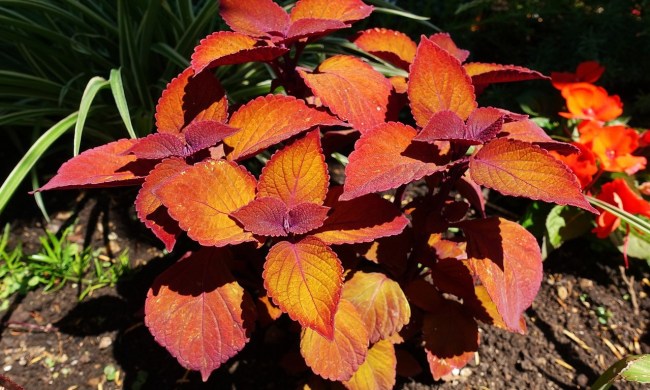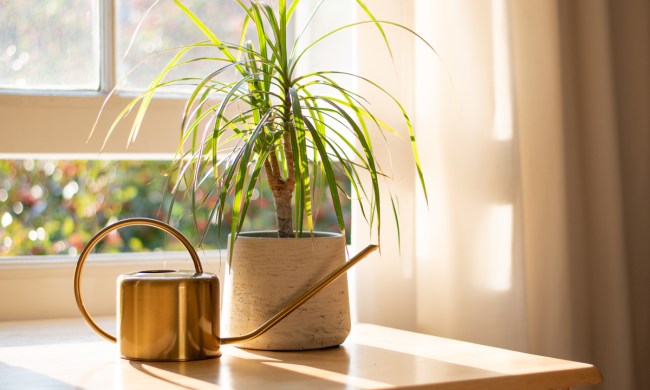
When you have the perfect corner for some greenery, except there’s no natural light, it’s the perfect time to invest in a well-made artificial tree. This is your chance to bring some life into your living space, while maintaining the freedom to travel or place it anywhere you want — no perfect growing conditions required. Our top choices are precisely the right place to start.
Artificial trees don’t need special light or care. You can place them in dark corners or rooms with no windows. Instead, they look great no matter what the conditions. Our top choices include different trees styles to fit any decor and all of them will stand the test of time. They’re realistic and require no maintenance besides dusting. Let’s find your perfect tree.
Nearly Natural Artificial 6-Foot Ficus Trees
Best Ficus Tree

Nearly Natural Artificial 6-Foot Ficus Trees features realistic leaves, designed to mimic the natural tones of Ficus trees. More than 1,008 individual leaves are built-in, with a textured trunk and lifelike branches. It uses synthetic materials for long-lasting performance. It doesn't require much maintenance, aside from dusting. When you remove it from the box, just fluff the leaves and reshape a bit to make it full again.
Vickerman 4-Feet Artificial Capensia Bush
Best Capensia

The Capensia is a standard apartment shrub designed to fill in a short but wide space. This artificial option is naturally colored, available in four-foot options with multiple foliage choices. This tree by Vickerman looks excellent in a variety of locations. It has a soft look and the artificial foliage and branches fall natural. It also comes with a bare root choice for choosing your own basket.
BESAMENATURE 22-Inch Artificial Mini Fiddle Leaf Fig Tree
Best Fig Tree

Fiddle leaf fig trees are trendy and have a terrible reputation as being difficult to care for. This sweet mini-version looks like the real thing, so you can keep it looking great. Natural-looking varied leaves with a textured stem add a realistic touch. It's waterproof and comes in a standard black plastic pot. It measures 15 inches tall.
LIGHTSHARE LED-Lighted Maple Tree
Best Lighted Tree

To go a little extra, a lighted faux tree is a beautiful and functional addition to your home. This maple is a 6-foot option with beautiful coloring and lights, designed for high impact. The power supply is standard, and the tree is suitable for indoor and outdoor use. It looks great, whether you light it up or not. It's easy to assemble and very versatile.
These artificial trees are a wonderful addition to your apartment. If your only experience has been with artificial Christmas trees or artificial palm trees, these options will expand your horizons. They’re great pieces of decor and easy to maintain, no watering or perfect lighting conditions necessary. This is your chance to bring greenery into your life and your home with no strings attached.
21-25-group5-GardeningSite


